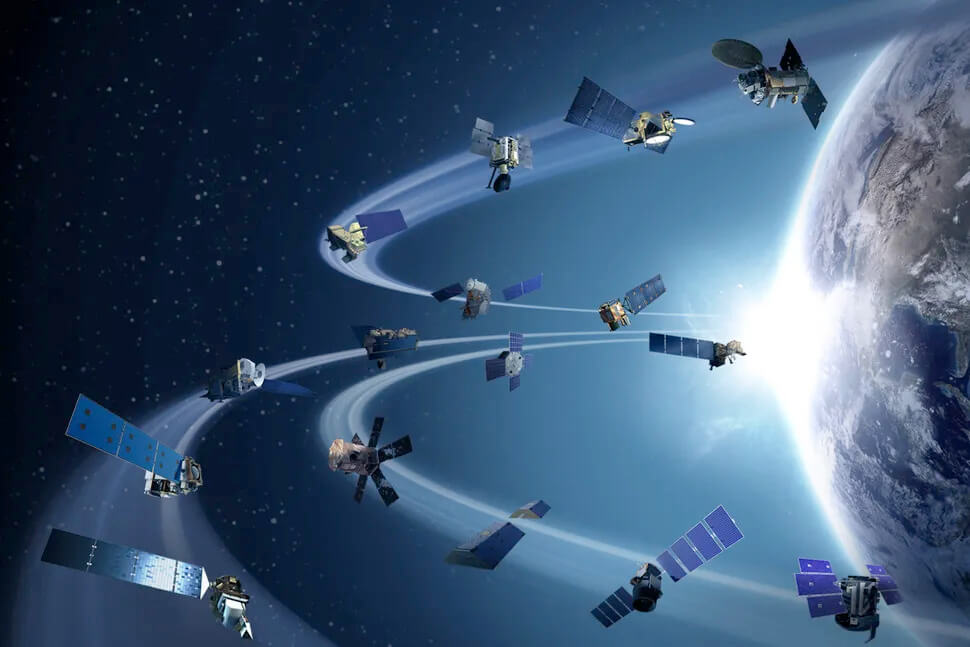When it comes to storing images, DNA strands could be a sustainable, stable alternative to hard drives. Researchers at EPFL are developing a new image compression standard designed specifically for this emerging technology.
Within a few years, we'll collectively be taking over two trillion pictures each year. Some of the images will remain on our smartphones, but many of them will be stored in the cloud, filling up data centers' magnetic tapes and hard drives. Yet these systems have limits in terms of how much data they can store and for how long - not to mention their environmental impact.
One alternative could be to store images on DNA. "We estimate that a single gram of DNA could hold around 215 million gigabytes of data," says Touradj Ebrahimi, an image processing expert and head of EPFL's Multimedia Signal Processing Group. "That's the equivalent of 860,000 external hard drives with a capacity of 250 Gb - or enough to store around 50,000 pictures - each."
Thousands of years of data storage
DNA contains all the information that organisms need to live, grow and reproduce. And it can store this information for a very long time. In 2022, scientists discovered DNA in the Greenland ice sheet that was two million years old.
Today, scientists are able to read and write this "code of life" thanks to advances in DNA sequencing and synthesis. DNA strands encode genetic information through specific sequences of four nucleotides: adenine (A), thymine (T), cytosine (C) and guanine (G).
When DNA is used for data storage, the first step is to convert the binary format (0, 1) into DNA sequences (A, T, C, G). These sequences are then synthetized into DNA strands and kept in suitable environments. When it comes time to read the data, the DNA strands are decoded by going through the same process in reverse.

JPEG DNA, the next-generation standard
This approach holds vast potential for long-term archiving, but several hurdles remain. One is the high cost; another is the considerable amount of time needed to both archive and recover the data. Yet DNA offers major advantages in terms of its high storage density, long lifespan and low power requirement. This technology is being explored by researchers worldwide - including those in Ebrahimi's lab.
As the head of the Joint Photographic Experts Group (JPEG) committee, a position he's held since 2014, Ebrahimi is helping to anchor the JPEG format as the main image-storage standard by adapting it to new technology and societal shifts.
His most recent project is JPEG DNA, carried out in association with the International Electrotechnical Commission, Takushoku University in Japan and other organizations. The project aims to develop an image-compression standard for use with synthetic DNA. "It's a real challenge to recreate images accurately after they've been encoded, synthetized, stored, amplified and then sequenced," says Ebrahimi. "But with a widely adopted standard to draw on, engineers will be able to develop effective coding and image-compression methods."
As part of this project, Ebrahimi's research group designed a coding procedure that can be used to evaluate different DNA-based storage methods. The procedure includes a set of predefined images for running tests, criteria for comparing different methods, error correction mechanisms, and techniques for handling biochemical constraints such as the frequency and order of the DNA symbols produced by the image, which can destabilize the DNA strands.
Coding for DNA
To handle particularly large multimedia files, the research team developed a novel image-compression algorithm that can efficiently encode binary data into DNA sequences. Images provided in .jpg format don't need to be decoded beforehand. Their new algorithm is not only fast and reliable, but it also produces less synthetic DNA, requires less processing power and delivers better image quality.
The EPFL engineers worked with the JPEG committee to incorporate both source code (for image compression) and noisy-channel coding (to make the program more robust to errors and adapted to the biochemical constraints of DNA) into the JPEG DNA standard.
"Thanks to recent advances in artificial intelligence and machine learning, we should be able to refine the JPEG DNA standard by improving the encoding and error correction mechanisms while keeping them compatible with the standard's syntax and source decoding procedure," says Ebrahimi.
The JPEG committee plans to introduce the JPEG DNA international standard in 2026.






